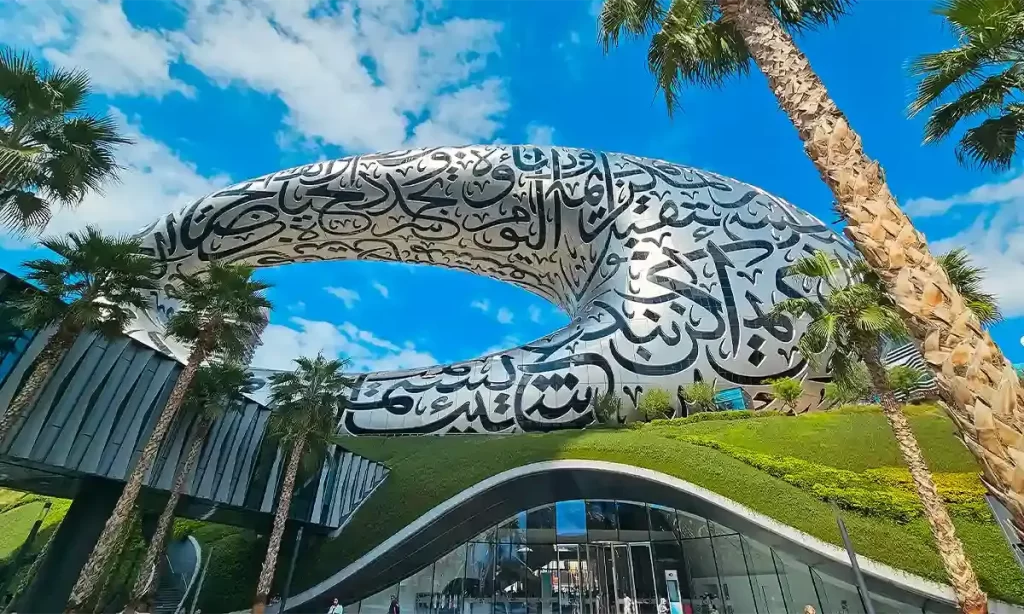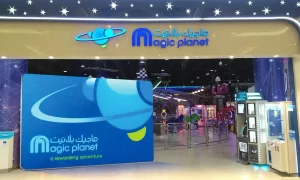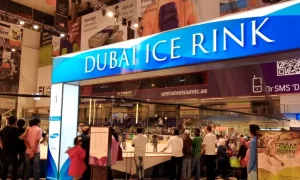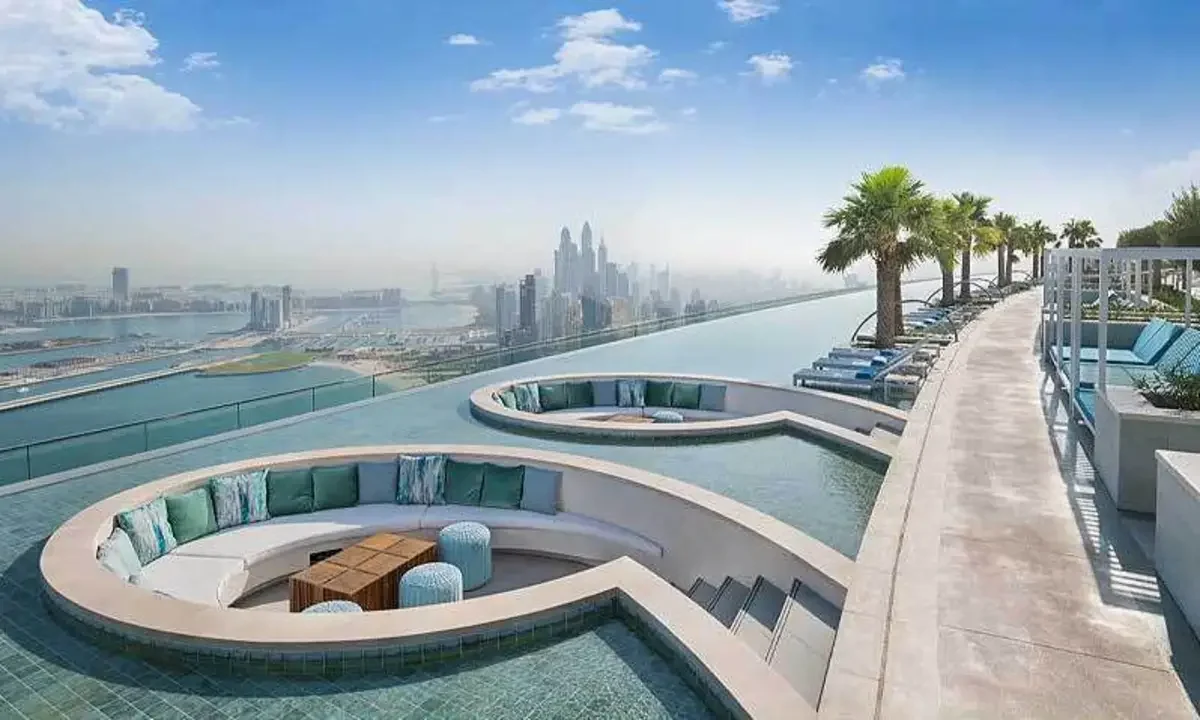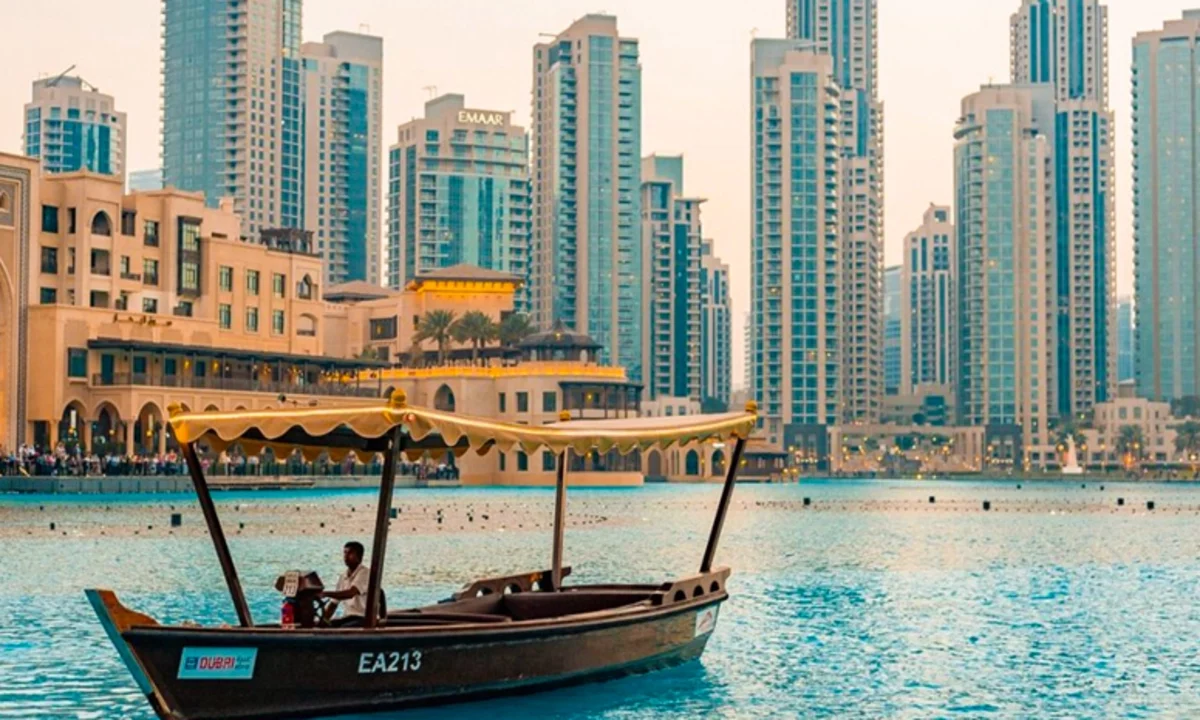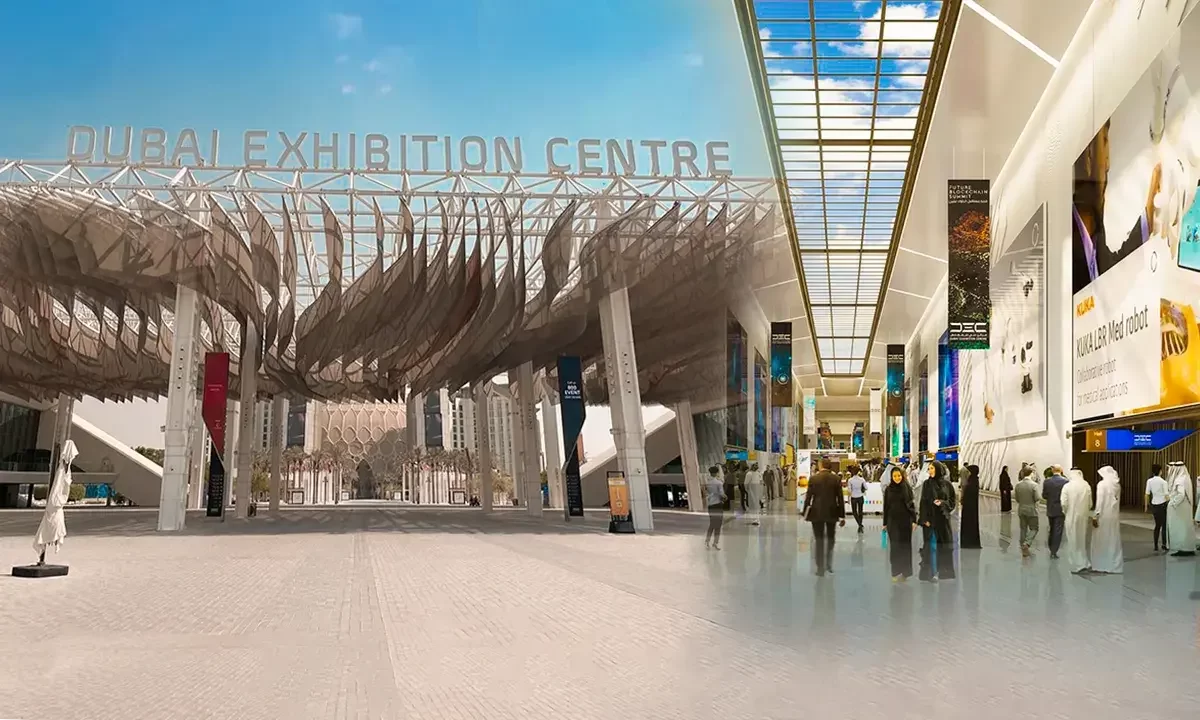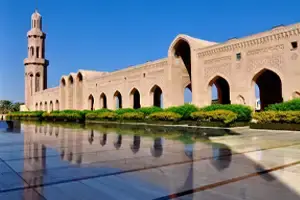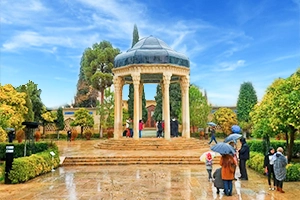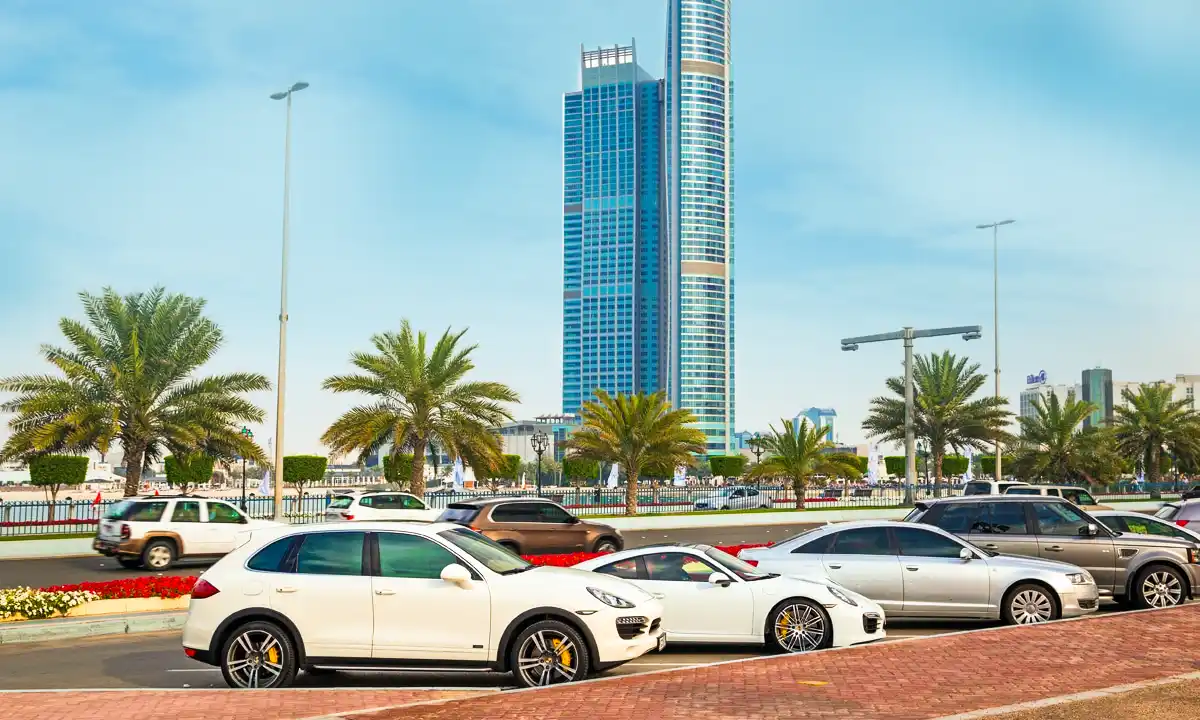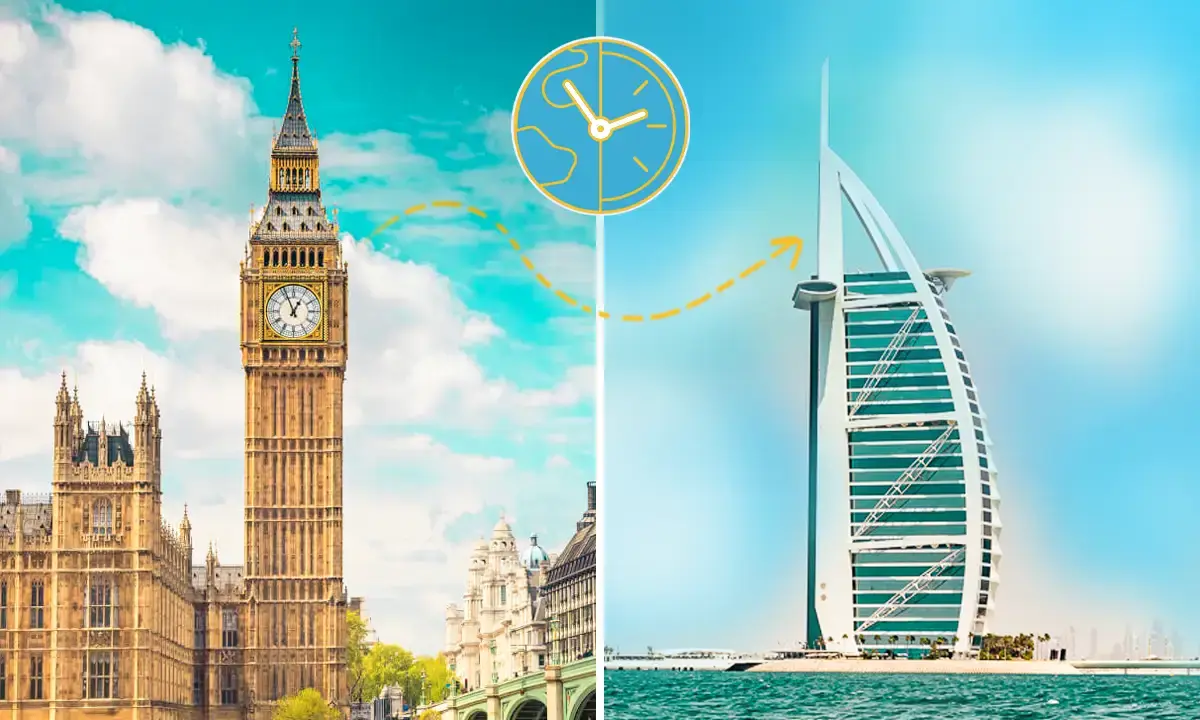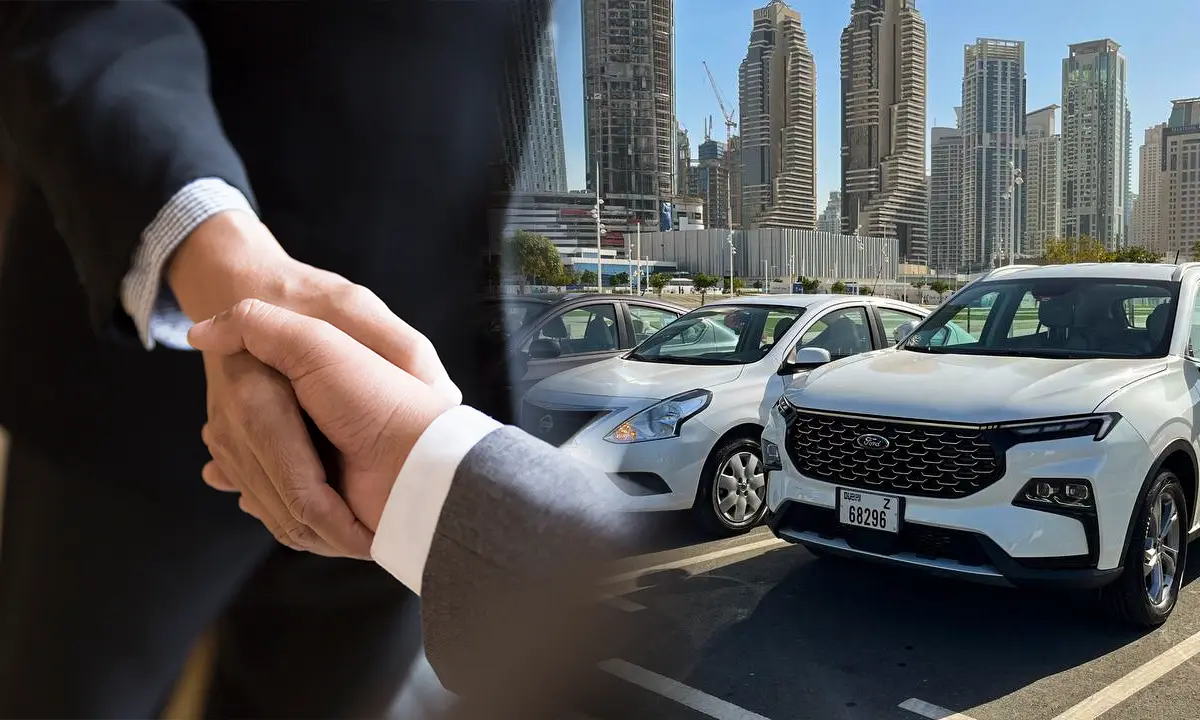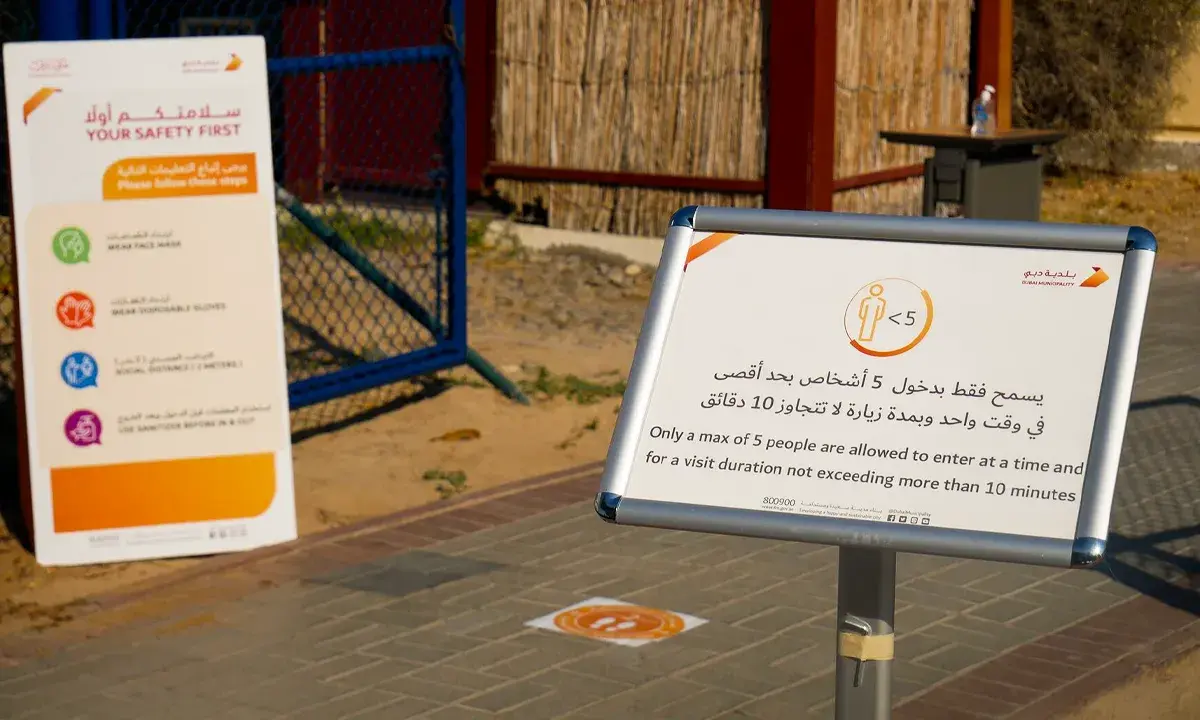The Museum of the Future is not just a building but a beacon of innovation, where technology meets tradition to create interactive and immersive experiences. This visionary space promises to redefine how we think about museums, offering visitors of all ages dynamic exhibits that blend art, science, and technology in novel ways. Delve into how these innovations are steering the future of museum engagement and education.
Tracing the Evolution of Museums into the Future
Museums have long stood as guardians of history, culture, and art, evolving from private collections accessible only to the elite, to public institutions that serve broad and diverse audiences. Today, as we step into the era of The Museum of the Future, these changes continue at an even more rapid pace, driven by advances in technology and shifts in public expectations. This section explores how the landscape of museums has transformed over the centuries and what the future of museums holds. From static displays of artifacts to dynamic, interactive experiences that engage visitors in new and meaningful ways, the evolution of museums reflects a broader shift towards more immersive and accessible cultural engagements. As we delve deeper, we will see how innovation is not just reshaping what we see in museums, but also how we experience and interact with the essence of history and creativity itself.
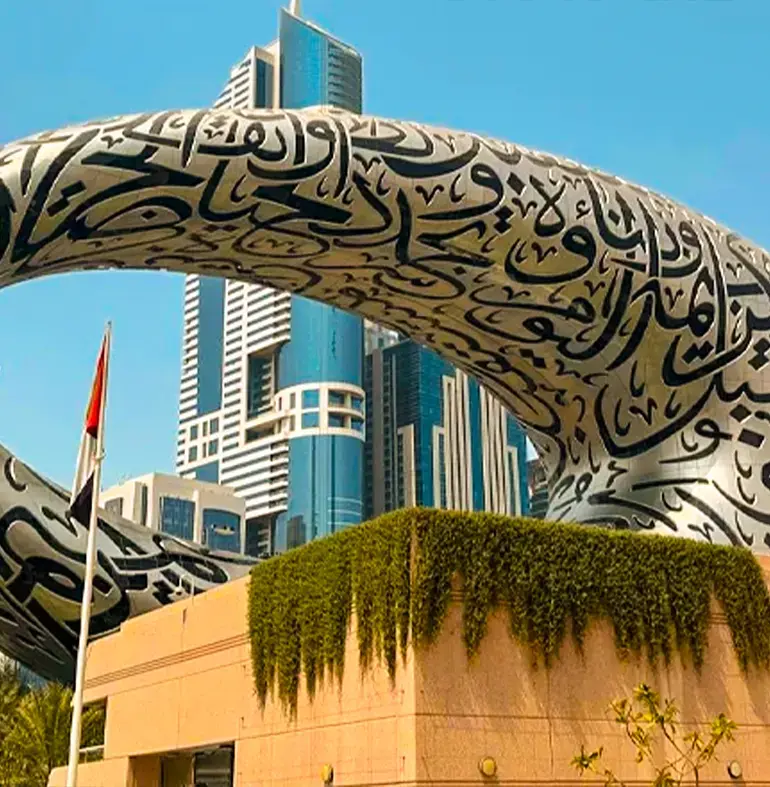
Envisioning The Museum of the Future
The Museum of the Future is not merely a continuation of the past but a revolutionary shift in the very essence of what museums represent. As we look toward the future of museums, we envision spaces that are not just repositories of historical artifacts but are dynamic, interactive hubs that fuse technology, culture, and education to create fully immersive experiences. This new paradigm challenges traditional notions by integrating cutting-edge technologies such as virtual reality, artificial intelligence, and interactive digital installations, transforming the visitor’s experience from passive observation to active participation. In this section, we explore the foundational ideas that define “The Museum of the Future,” highlighting how these innovations are paving the way for museums to become more than just places to visit, but vibrant, living connections to our past, present, and future.
Technological Advancements in The Museum of the Future
The integration of advanced technologies is pivotal in shaping The Museum of the Future, enhancing every aspect from visitor interaction to operational efficiency. Below are key advancements that underscore the future of museum through technological integration:
- Interactive Displays
Augmented Reality (AR) and Virtual Reality (VR): These technologies are transforming the way visitors engage with exhibits. By overlaying digital information onto the physical world or immersing users in completely virtual environments, AR and VR make learning more interactive and engaging.
- Digital Archiving
Innovations in Digital Collections: Advances in digital archiving ensure that valuable historical and cultural artifacts can be preserved indefinitely in digital formats. This not only protects physical items from deterioration but also makes them accessible to a global audience, transcending geographical and physical limitations.
- Smart Technology
Artificial Intelligence (AI): AI is revolutionizing museum operations by personalizing the visitor experience through learning algorithms that suggest exhibits based on individual preferences. Moreover, AI enhances operational efficiency by optimizing everything from climate control to exhibit maintenance schedules.
Since the answer provides a detailed exploration of each technological advancement, it does not require a tabular format and is presented normally.
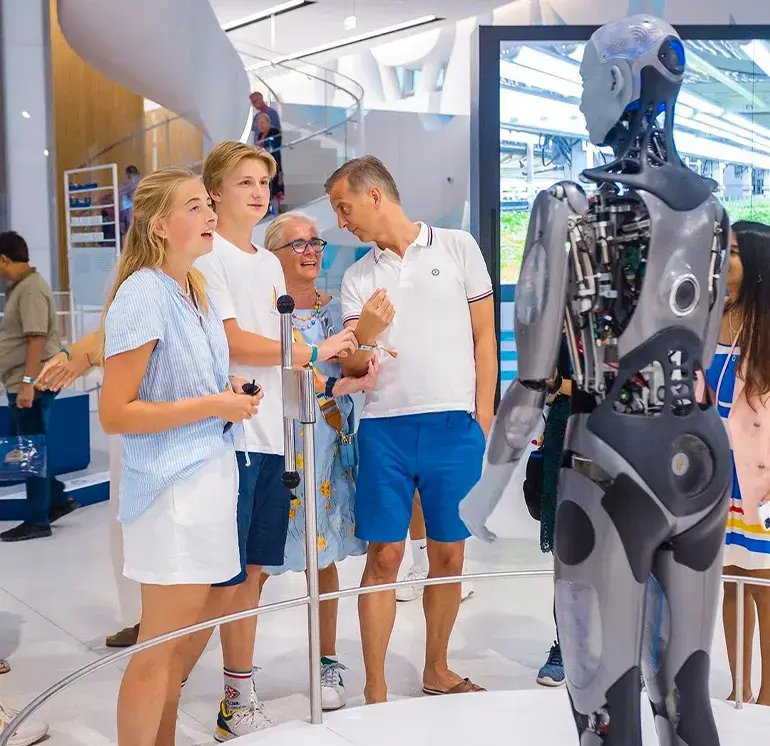
Architectural Innovations in The Museum of the Future
The Museum of the Future not only embraces technological shifts but also revolutionary architectural concepts that pave the way for the future of museum spaces. These innovations are crucial in creating environments that are both sustainable and adaptable, meeting the needs of dynamic exhibit offerings and diverse visitor interactions.
- Sustainable Building Practices
Eco-friendly Materials and Energy-efficient Designs: Modern museums are increasingly incorporating sustainable practices in their construction. This includes the use of recycled materials, energy-efficient heating and cooling systems, and solar panels. Such practices not only reduce the environmental impact but also set a standard for future constructions in the cultural sector.
- Adaptive Spaces
Flexible Layouts for Diverse Uses: The concept of adaptive spaces is fundamental in modern museum architecture. These spaces are designed to be highly flexible, allowing museums to alter layouts with minimal effort to accommodate a variety of exhibits and events. From sliding walls to modular floors, these innovations enable museums to host interactive installations, temporary exhibits, and private events, all within the same day if needed.
These architectural advancements ensure that The Museum of the Future is a place that not only preserves the past but does so in a way that is mindful of the future, promoting sustainability and adaptability in its very foundation.

Tickets and prices of The Museum of the Futur
| Ticket Type | Standard Price | Peak Season Price | Notes |
|---|---|---|---|
| Adults | $20 | $25 | Peak season typically includes summer months and holidays. |
| Students | $15 | $20 | Valid student ID required. |
| Seniors (65+) | $15 | $20 | ID proof required. |
| Children (under 12) | Free | Free | Accompanied by an adult. |
| Family Pass (2 adults + 2 children) | $50 | $60 | Additional charges for extra members. |
Additional Information:
- Group Discounts: Available for groups of 10 or more.
- Membership Options: Annual memberships offer unlimited access throughout the year at a flat rate.
- Special Exhibitions: These may incur additional charges; these are often optional.
Education and Accessibility in The Museum of the Future
The Museum of the Future is committed to fostering an inclusive and educational environment, ensuring that learning and cultural enrichment are accessible to all visitors, regardless of their physical abilities or geographic location.
- Inclusive Design
Accessibility for All Visitors: The museum integrates inclusive design principles to accommodate visitors with disabilities. This includes tactile guides, wheelchair-accessible pathways, and exhibits that incorporate auditory and visual aids, ensuring that everyone can enjoy the museum’s offerings. The commitment to accessibility is a testament to the museum’s dedication to the future of museum as a place for inclusive cultural engagement.
- Educational Programs
Expanding the Museum’s Reach: Through a variety of educational programs such as virtual tours, interactive workshops, and seminars, the museum extends its reach beyond physical boundaries. These programs are designed to engage community members who might not be able to visit in person, including school groups from remote areas, international audiences, and individuals with mobility restrictions. The use of digital tools and online platforms enhances the educational impact and allows the museum to share its treasures with a global audience.
By prioritizing both inclusivity and educational outreach, The Museum of the Future not only enhances the visitor experience but also reinforces the role of museums as vital educational institutions in the digital age.
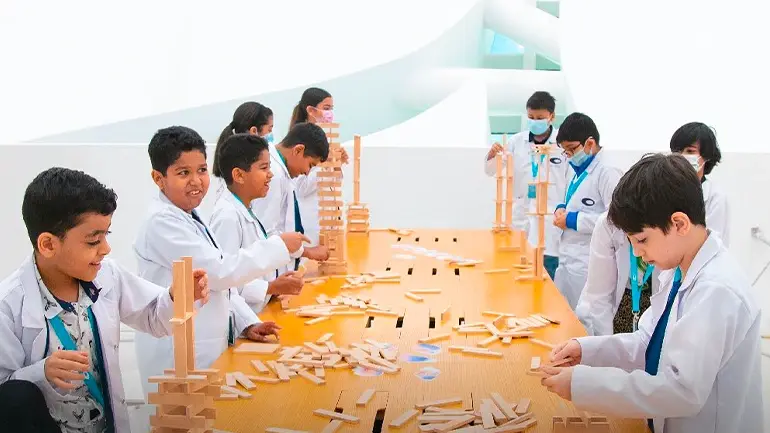
Where is the Museum of the Future located?
Community Engagement in The Museum of the Future
The Museum of the Future emphasizes strong ties with the local community through partnerships with artists and innovators. These collaborations showcase local talent, bringing fresh, culturally relevant exhibits that resonate with visitors. By featuring diverse artistic expressions and innovations, the museum not only supports local creators but also enriches the visitor experience.
Additionally, the museum serves as a community hub, offering spaces for workshops, discussions, and events. These areas are designed to encourage interaction and learning, making the museum a vital part of the community’s cultural life. By fostering these connections, The Museum of the Future plays a crucial role in promoting community engagement and collaboration.
Funding and Management in The Future of Museums
- New Funding Models
Museums are adapting to evolving economic landscapes by exploring diverse funding sources. This includes:
- Membership Programs: Offering annual memberships that provide unlimited access, exclusive events, and discounts. These programs not only generate revenue but also build a loyal community of supporters who feel connected to the museum’s mission.
- Private Donations: Engaging with philanthropists and corporate sponsors who align with the museum’s values. Personalized donor programs and recognition opportunities encourage significant contributions, which can support specific projects or operational costs.
- Government Support: Securing grants and subsidies from local and national governments. These funds often target educational programs, community outreach, and the preservation of cultural heritage, ensuring the museum’s sustainability and public service role.
- Impact of Global Trends
Global economic and social trends are reshaping how museums operate:
- Economic Fluctuations: Museums must be agile in response to economic changes, diversifying their income streams to maintain stability during downturns. This includes increased reliance on digital offerings that can reach a global audience.
- Technological Advancements: As technology evolves, museums are incorporating digital tools for virtual exhibits and remote engagement, expanding their reach and reducing dependency on physical attendance.
- Social Changes: Museums are increasingly focusing on inclusivity and community engagement, adapting their programs to reflect diverse audiences and societal needs. This shift not only broadens their appeal but also attracts new funding opportunities aligned with social impact goals.
By embracing innovative funding models and staying attuned to global trends, The Museum of the Future ensures its financial health and relevance in an ever-changing world.
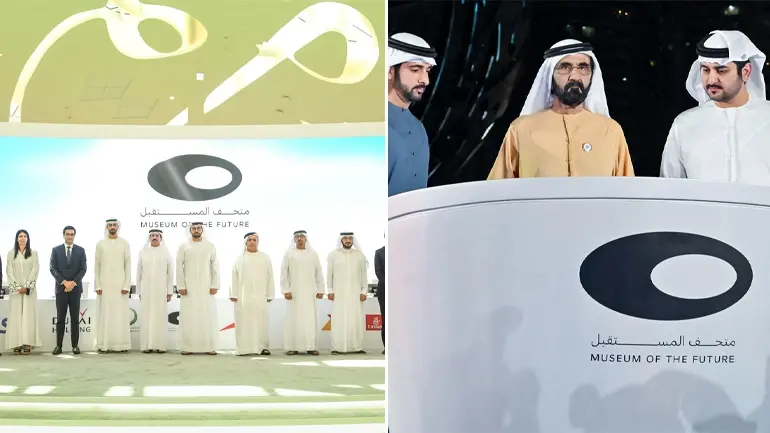
Innovative Museums: Case Studies of The Future
| Museum | Location | Innovations |
|---|---|---|
| Louvre Abu Dhabi | UAE | Stunning architecture, cultural exchange, and interactive digital exhibits. |
| Smithsonian Institution | USA | Extensive digital engagement and accessibility through virtual exhibits and resources. |
| Natural History Museum | London | Focus on sustainability and science education with eco-friendly practices and interactive displays. |
| Zeitz MOCAA | South Africa | Showcases contemporary African art with strong community engagement and educational programs. |
Last Word
The trends and innovations explored in The Museum of the Future are transforming the landscape of museums worldwide. Technological advancements, architectural innovations, and new funding models are not only enhancing visitor experiences but also ensuring sustainability and inclusivity. By embracing change and fostering community engagement, museums are evolving into dynamic cultural hubs.
This evolution is crucial for maintaining their relevance in a rapidly changing world. As museums continue to adapt, they play a vital role in preserving history, educating the public, and inspiring future generations. The commitment to innovation ensures that museums remain engaging and accessible, providing meaningful experiences for all.
FAQ
What is the Museum of the Future?
The Museum of the Future refers to a modern approach to museums that incorporates cutting-edge technology, interactive exhibits, and sustainable practices. It focuses on creating immersive, educational experiences that engage diverse audiences, blending traditional artifacts with digital innovation.
How are museums using technology to enhance visitor experiences?
Museums are leveraging technologies such as augmented reality (AR), virtual reality (VR), and artificial intelligence (AI) to create interactive displays and personalized tours. These tools allow visitors to engage with exhibits in novel ways, making learning more dynamic and accessible.
Why is sustainability important in the future of museums?
Sustainability is crucial as museums strive to reduce their environmental impact while remaining cultural leaders. By incorporating eco-friendly building practices and promoting conservation through exhibits, museums not only protect the planet but also educate the public on the importance of environmental stewardship.
